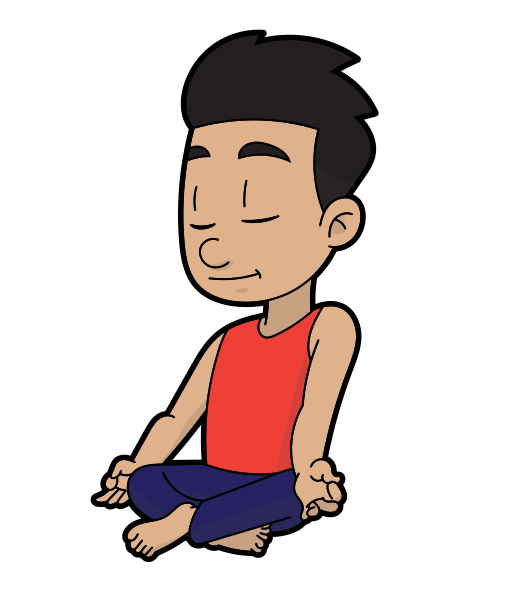 Why is it that when we’re feeling anxious, we tend to worry so much, even though worrying tends to do nothing except make us feel even more anxious? One reason is that it’s easy to regard worrying as something that can be productive: that it either helps us deal with anxiety, or protects us from the thing we’re feeling anxious about. If worrying actually did have these effects, it would be quite beneficial. But unfortunately, worrying usually only increases anxiety. So why do we continue to do it time and time again?
Why is it that when we’re feeling anxious, we tend to worry so much, even though worrying tends to do nothing except make us feel even more anxious? One reason is that it’s easy to regard worrying as something that can be productive: that it either helps us deal with anxiety, or protects us from the thing we’re feeling anxious about. If worrying actually did have these effects, it would be quite beneficial. But unfortunately, worrying usually only increases anxiety. So why do we continue to do it time and time again?
Worrying tends to feel a lot like problem solving. When we problem solve, we identify a problem, come up with some possible solutions, weigh their pros and cons, and then take some sort of action to resolve the problem. Problem solving is a very constructive, rational thought process to help us deal effectively with a problem at hand.

 It’s easy to get swept away by our thoughts, especially in the face of strong emotions. We get stuck ruminating and dwelling about the past, filled with guilt or regret. Or our minds start racing and we can’t stop worrying about the future and imagining all the things that could go wrong. Or we replay conversations over and over again in our heads, trying to make sense of them or figure out what we could have said differently.
It’s easy to get swept away by our thoughts, especially in the face of strong emotions. We get stuck ruminating and dwelling about the past, filled with guilt or regret. Or our minds start racing and we can’t stop worrying about the future and imagining all the things that could go wrong. Or we replay conversations over and over again in our heads, trying to make sense of them or figure out what we could have said differently.


 Mindfulness isn’t just something we practice when meditating: anything we do throughout the day, we can learn to do mindfully. Once we learn to bring mindfulness into our everyday lives, we can reduce a lot of the stress, anxiety, depression and anger that tends to build up when we go through life relatively mindlessly.
Mindfulness isn’t just something we practice when meditating: anything we do throughout the day, we can learn to do mindfully. Once we learn to bring mindfulness into our everyday lives, we can reduce a lot of the stress, anxiety, depression and anger that tends to build up when we go through life relatively mindlessly.